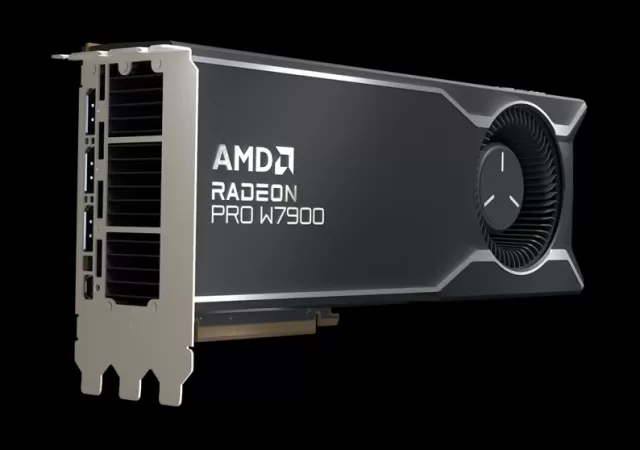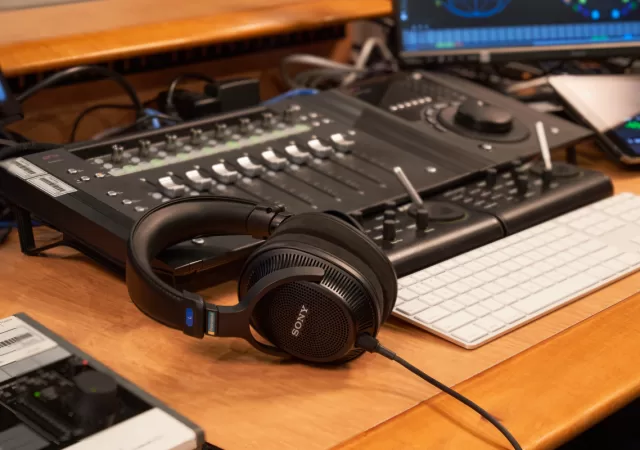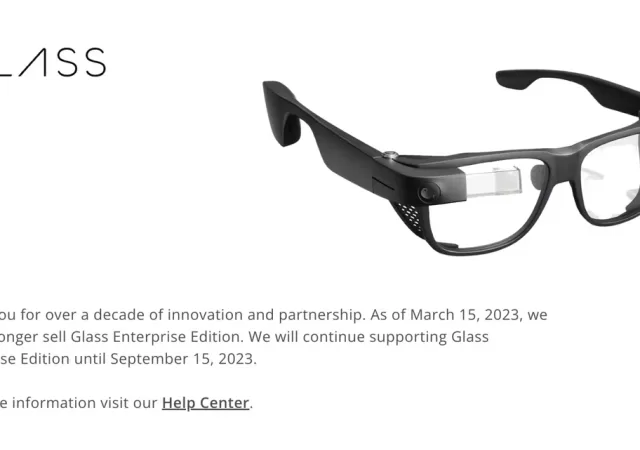Google Meet for select Google Workspace users now supports Full HD 1080p video calls as long as you have the hardware for it.
AMD Launches Most Powerful Radeon PRO W7000 Series GPUs for the Professionals
AMD launches their latest Radeon PRO W7000 series with the Radeon PRO W7800 and Radeon PRO W7900 workstation GPUs with RDNA 3.
Collaborate, Meet & Work from Anywhere with AI-imbued Webex from Cisco
Cisco brings AI to online collaboration and meetings with a series of updates to its Webex platform. The new updates help businesses optimise for a hybrid work reality.
Malaysia’s First SSD, NEUBE, Enters the High-Performance SSD Market with Server On & PHISON Backing
A truly Malaysian high-performance SSD is coming to market with a landmark MoU having been signed between PHISON and Server On.
Sony MDR-MV1 Open Back Headphones Comes to Set the New Standard for Monitoring Headphones
Sony releases the MDR-MV1 open-back monitoring headphones for more accurate mixing and spatial audio mixing capabilities in the studio
WhatsApp Groups is Even Better Now with Even More Controls
WhatsApp is releasing new functions to allow users more control over groups and communities as a group admin, and find users and groups.
Adobe Firely, the Next-Generation AI Made for Creative Use
Adobe has announced their latest AI project, Firefly; a regenerative AI tool for various platforms as part of the Adobe Sensei ecosystem.
Google Glass Bites the Dust – Support Officially Ending in September 2023, Sales Has Ceased
Google Glass has stopped selling their Glass hardware this week and announced that they will stop supporting the device in September 2023.
Touch ‘n Go eWallet is at its Most Secure State Ever with 5 New Measures
Touch n’ Go introduced five new measures in tightening its security and safety against fraudulent transactions and scams.
Ransomware Is at Version 3.0 – Kaspersky Has a Solution in Their XDR Platform
Ransomware was a menace in 2020 through 2022. It is becoming more of a problem in 2023 if you do not act now. Kaspersky has a solution.

















